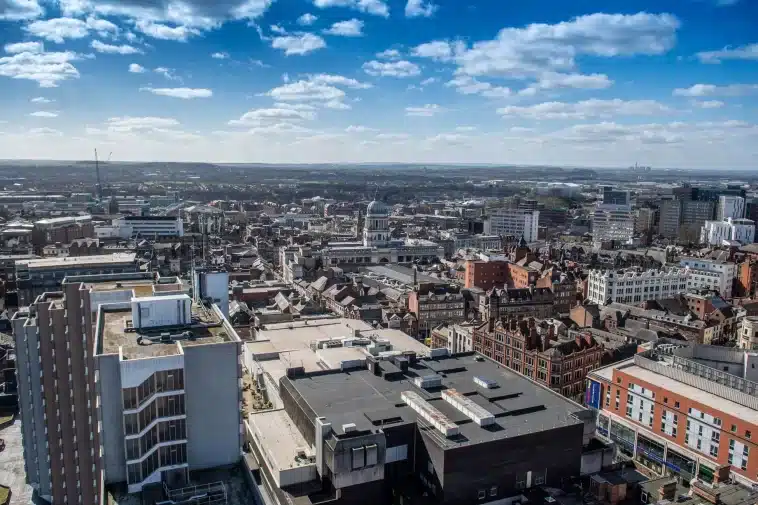The Royal Institute of the Architects of Ireland (RIAI) updated its guide to working with an architect for 2023.
In this article we cover:
- What the changes are
- Overview of the new guide
- RIAI 2030 Climate Challenge
- New research about embodied carbon
The RIAI’s new guide for working with an architect has been updated to include the RIAI’s 2030 Climate Challenge, a voluntary pledge to design buildings to have as little impact as possible on the environment.

In, On and Over the Earth by A2 Architects
Image ©Marie-Louise Halpenny
The document outlines your obligations, from planning, health and safety through to building regulations and building control. It also provides a bird’s eye view of the stages you can expect to go through during your building project.
Even if light on details, the guide is a great overview of the process. The first edition of Working with an Architect was published in 2017.
The full guide is available below and at this link.
Climate Challenge
The RIAI 2030 Climate Challenge includes voluntary guidelines that architects may or may not follow depending on the project. The aim of these guidelines is to ensure new domestic buildings are designed to greater environmental standards. The RIAI will be lobbying to have these benchmarks included in the next round of building regulation upgrades.
There is a distinct move towards embodied energy, which measures the environmental impact of products including raw material extraction.
Preserving water, a resource that continues to be wasted, is part of the equation through water saving devices, although some argue rainwater harvesting should be compulsory on all new builds.
The main points are below for dwellings:



Embodied carbon
New research commissioned and supported by the Irish Green Building Council (IGBC) shows that despite the rush to decarbonise the existing housing stock, new builds are responsible for creating environmental stress.
“Construction of our built environment, and the production of all the materials used in that construction, has considerable emissions associated with it,” reads the report.
“This process of construction, demolition, waste and resource consumption will bring considerable additional emissions, many in the short time horizon to 2030. The impact of this process has been poorly quantified.”
The research shows embodied carbon, due to new builds, having as much of an environmental impact as operational carbon, which is how much energy we use to run our buildings, by 2030:












